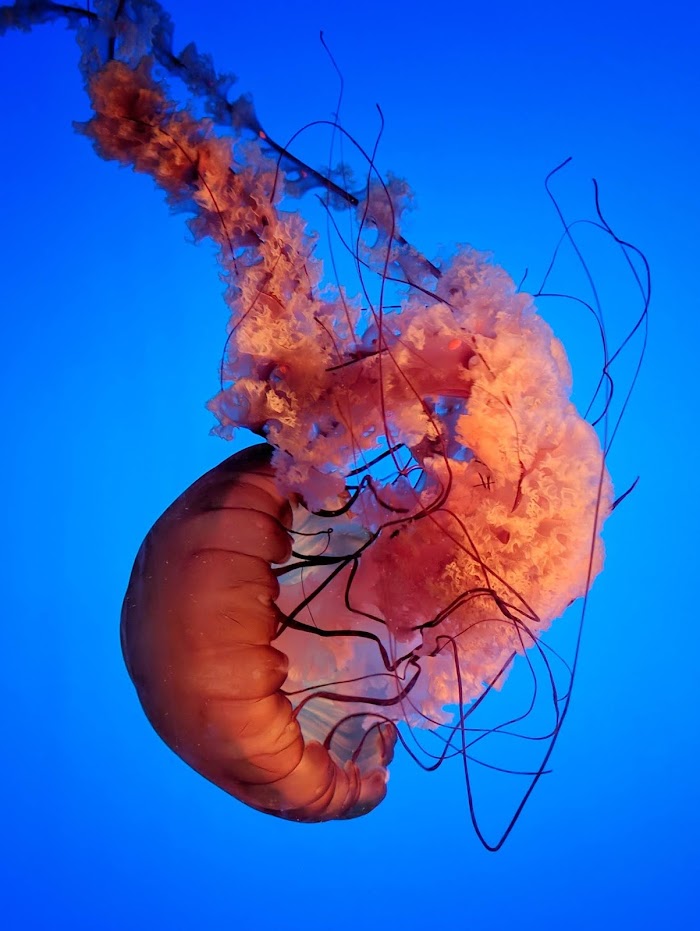
biology
jellyfish | information, habitat , life cycle ,how jellyfish swim? , how do jellyfish catch prey ?
- CHARACTERISTICS AND HABITAT -:
jellyfish are found in every ocean in the world from deep to the surface of the sea. true jellyfish(Scyphozoa) are marine, but some are found in freshwater.
jellyfish belongs to a big group of animals called cnidarians. there are more than 10,000 species of cnidarians, so cnidarians are considered to be the most common type of marine animals. along with jellyfish cnidarians included corals, hydras, sea anemones, sea fans, freshwater hydras.
- STRUCTURE-:
the smallest jellyfish may only reach about the size of a human thumbnail. the largest jellyfish in the world, the lion mane jellyfish may reach a size of 7 feet or 121 cm across with tentacle 121 feet or 3688cm long.
jellyfishes are invertebrates that mean they do not have a backbone. in fact, jellyfish have no brain at all!
jellyfish do not have a brain, heart, bones, and eyes. unlike fish, jellyfish have no gills. instead, they absorb oxygen through their jellylike skin. the top of the jellyfish known as a bell and their jellylike bodies are made almost of water- 95%.depending on the species of jellyfish, they may also have long tentacles. some jellyfish have light sensors called eyespots. that can help them to sense light and also help to which way is up. some jellyfish are bioluminescent which means that jellyfish can makes light from their body, kind of like a firefly.
however, no one knows the reason behind they light up scientists believe it to be a mechanism for defense, to startle a predator away, or perhaps to attract another predator to eat their attacker. jellyfish are largely transparent which means that you can see through them. this feature makes them difficult to see in the water which helps them to hide from predators.sea turtle, sharks, swordfish and even another jellyfish would like to eat jellyfish
- HOW JELLYFISH SWIM?
jellyfish are carnivores themselves, but they do not hunt their prey. they wait for their prey(fish, small animals) to get caught in their tentacles. the tentacles are covered in stinging cells which inject venom into their prey and paralyzing it.
jellyfish can also sting humans and while some jellyfish stings are just painful. some may be dangerous for us. Although some types of jellyfish are harmless, others are dangerous predators that can prove painful or even deadly to those who try too close.
- LIFE CYCLE OF JELLYFISH.
I hope you enjoyed learning about jellyfish.




0 Comments: